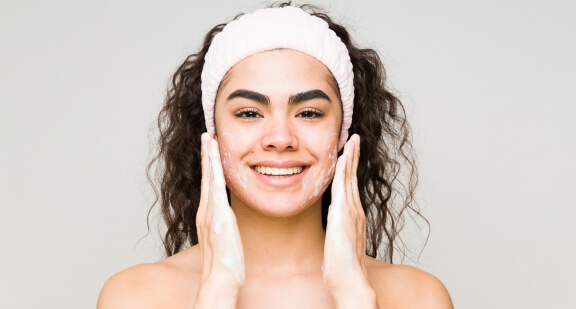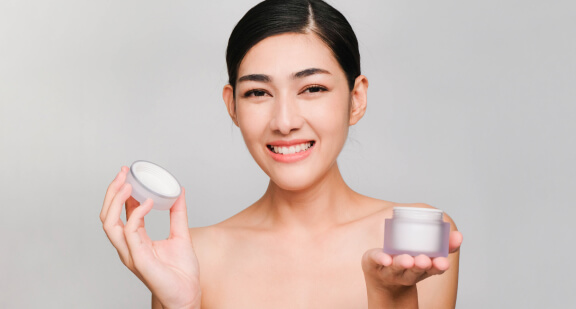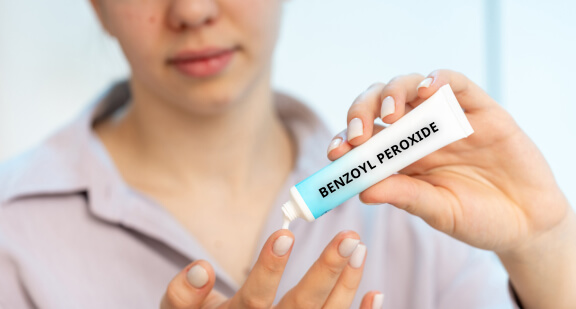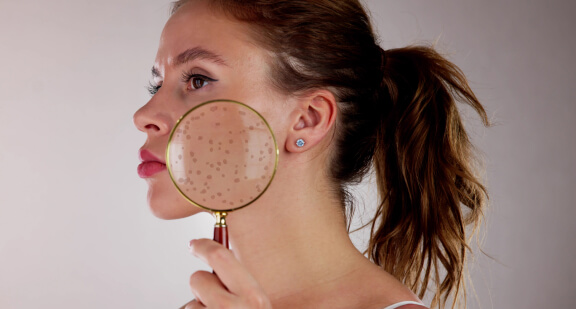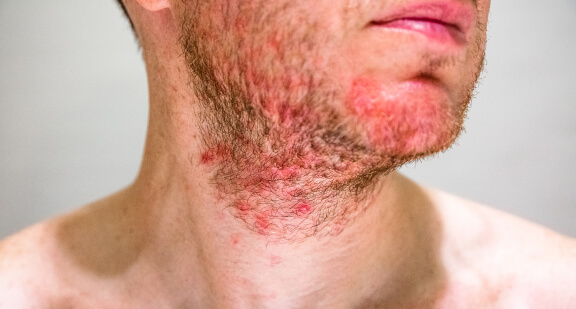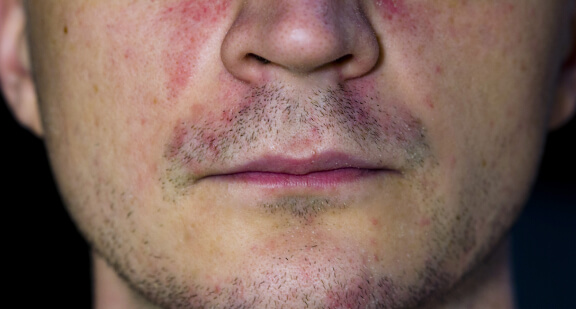
Acne 101

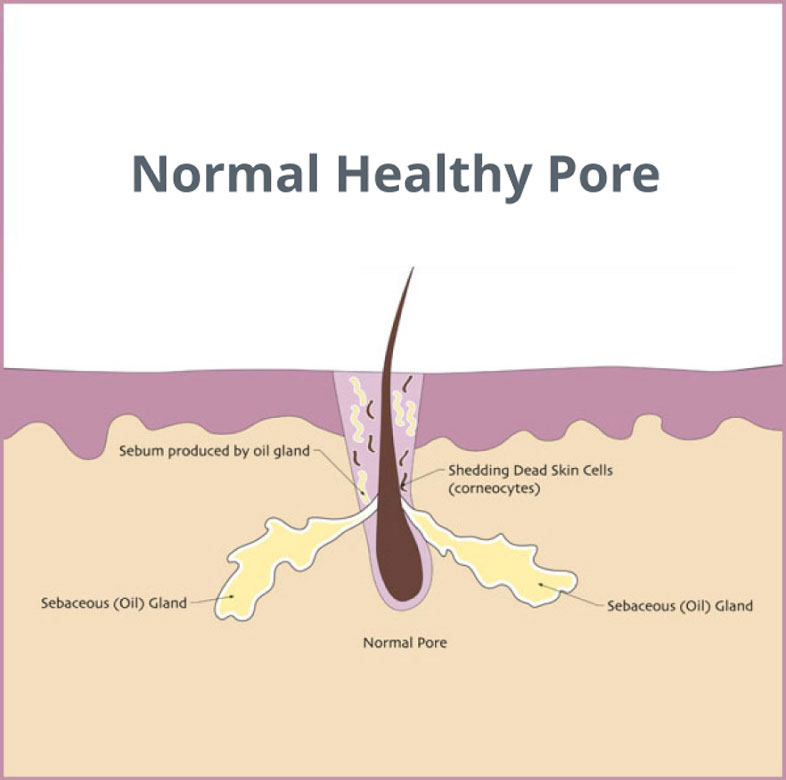
What is acne?
Acne is a common skin condition that occurs when hair follicles become clogged with oil and dead skin cells. It typically leads to the formation of pimples, blackheads, whiteheads, and sometimes more severe lesions. Acne often appears on the face, neck, chest, back, and shoulders and can vary in severity, from mild to severe. It is caused by a combination of factors, including excess oil production, clogged pores, bacteria, and inflammation. Acne can affect people of all ages but is most common among teenagers and young adults. It can be managed and treated with various skincare routines, medications, and professional interventions, depending on its severity.
Grade 0
Clear Skin:

No acne lesions or visible signs of acne.
Grade 1
Comedonal Acne:

Characterized by non-inflammatory acne, which includes open comedones (blackheads) and closed comedones (whiteheads).
Grade 2
Mild Acne:

Involves the presence of papules (small, red bumps) and a few pustules (pimples with pus). It may also include comedones.
Grade 3
Moderate Acne:

This stage sees an increased number of papules and pustules, and there might be some nodules (larger, painful lumps under the skin).
Grade 4
Severe Acne:

Involves a significant number of papules, pustules, and nodules, often covering a more extensive area of the face and sometimes the upper body.
Grade 5
Very Severe Acne:

Characterized by deep, painful cysts, extensive inflammation, and potential scarring. This is the most severe form of acne.
Acne Info

Acne Misconceptions

Self-Help Tips

Non-Inflamed Acne

Inflamed Acne

Face Acne

Females and Acne

Men & Acne

Athletes & Acne

Prescription Meds for Acne

OTC Products for Acne

Acne Rosacea
Seek Professional Guidance
It’s important to note that individuals may experience different types and severities of acne at various times in their lives. Seeking professional guidance and treatment is recommended to effectively manage and reduce acne at any stage. Navigate the diverse landscape of acne with tailored advice and treatments, ensuring effective management and reduction at every stage of its occurrence.
Types Of Acne
Adult Acne
Who It Affects:
Adults, typically aged 25 and older.
Characteristics:
Adult acne may present as persistent pimples, typically on the lower face, jawline, and neck. Hormonal changes, stress, and skincare products can contribute to its development. It often consists of papules, pustules, and occasionally nodules.
Teen Acne
Who It Affects:
Adolescents and teenagers, usually between the ages of 12 and 18.
Characteristics:
Teen acne is often linked to hormonal changes during puberty. It typically appears on the face, back, and chest and consists of blackheads, whiteheads, and inflammatory papules and pustules.
Rosacea Acne
Who It Affects:
Primarily adults, often aged 30 and older.
Characteristics:
Rosacea acne is a chronic skin condition characterized by facial redness, visible blood vessels, and the development of small papules and pustules. It’s different from typical acne and often requires specialized treatment.
Acne Mechaica
Who It Affects:
Athletes, individuals wearing tight clothing or equipment, and those exposed to friction or pressure on the skin.
Characteristics:
Acne mechanica is triggered or exacerbated by physical factors like heat, friction, or pressure. It typically appears in areas where the skin rubs against objects or clothing, such as the shoulders, back, and forehead. It presents as papules and pustules.
Prevention: Avoiding friction and practicing good hygiene can help prevent acne mechanica. Wearing breathable fabrics and taking breaks from tight gear can also reduce the risk.
Top 10 Acne Myths
Reality: Acne is primarily caused by factors like excess oil production, clogged pores, and bacteria. While good hygiene is essential, it’s not the sole cause of acne.
Reality: Sun exposure can temporarily improve acne due to its drying effect on the skin, but it can worsen the condition in the long run and increase the risk of skin damage and skin cancer.
Reality: Popping pimples can lead to scarring, infections, and more acne. It’s best to leave them alone or have them extracted by a professional.
Reality: Acne can affect people of all ages, not just teenagers. Some individuals continue to experience acne into adulthood.
Reality: While diet may influence acne for some individuals, there’s no universal list of “acne-causing” food. It varies from person to person.
Reality: Acne can have physical and emotional impacts, including scarring and decreased self-esteem. Effective treatment is important for both physical and psychological well-being.
Reality: Effective acne treatment often involves a combination of products and lifestyle changes. There’s no one-size-fits-all solution.
Reality: Stress can exacerbate acne, but it’s not the primary cause. Hormones, genetics, and other factors play a significant role.
Reality: Tanning beds can temporarily mask acne, but they increase the risk of skin cancer and skin damage.
Reality: Using too many products can irritate the skin and worsen acne. A simple and consistent skincare routine is often more effective.



















